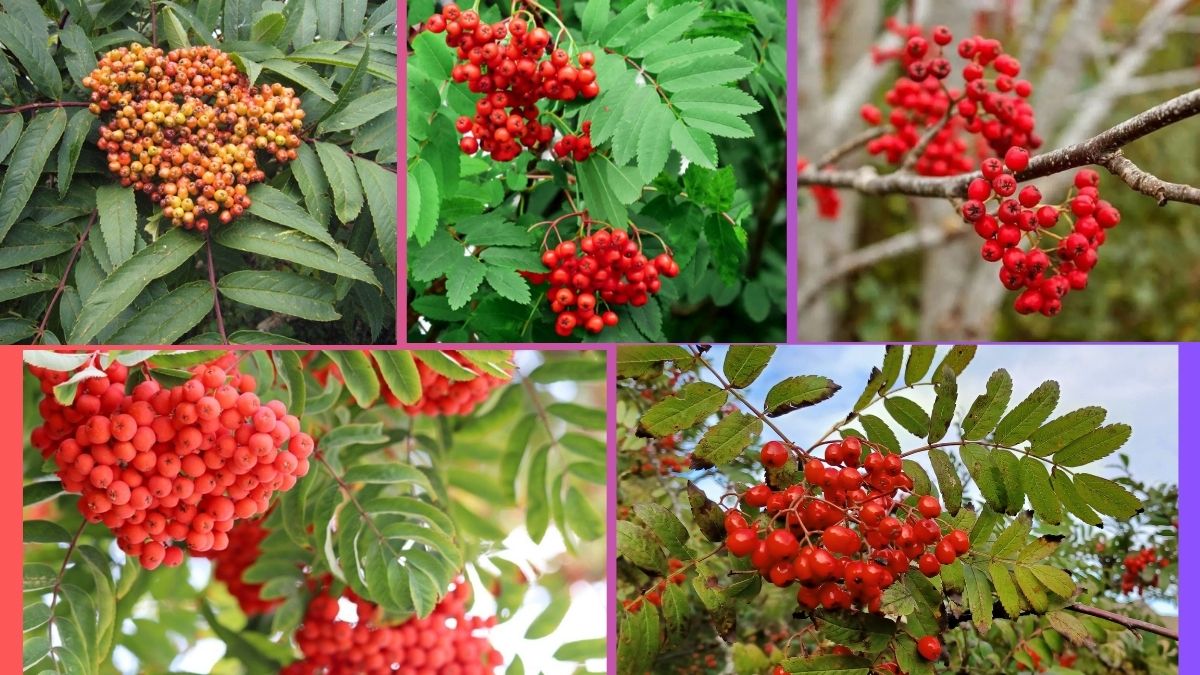Among the many wild fruits treasured for their resilience and medicinal value, mountain ash berries — known scientifically as Sorbus aucuparia and commonly called rowan berries — hold a special place in temperate ecosystems and traditional folklore. These small, vibrant orange-red berries grow in dense clusters and have been a staple for both wildlife and humans for centuries. From use in ancient herbal medicine to modern jams, jellies, wines, and liqueurs, mountain ash berries are valued for their nutritional and antioxidant properties.
However, while commercially cultivated fruits like blueberries, strawberries, or cranberries are tracked through global production databases, mountain ash berries are predominantly wild-harvested. This makes determining a definitive global production leader challenging. Still, based on extensive forestry resources, cultural harvesting traditions, and historical data, it’s widely accepted that Russia holds the title of the largest producer of mountain ash berries globally — followed closely by countries in Eastern and Central Europe such as Poland, Ukraine, and the Czech Republic.
This article explores the botany, uses, ecological significance, and global harvesting trends of mountain ash berries and explains why Russia leads their global production.
What Are Mountain Ash (Rowan) Berries?
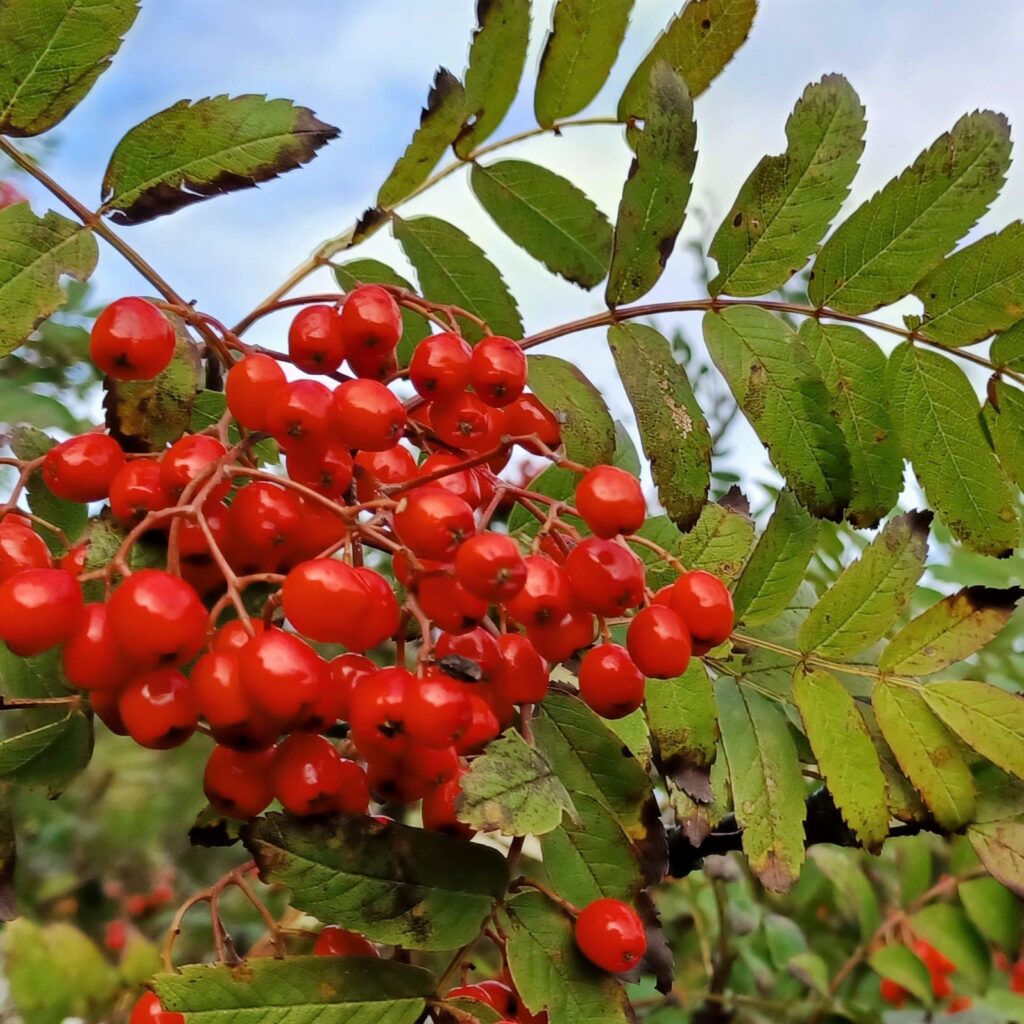
Mountain ash berries grow on Sorbus aucuparia, a deciduous tree native to Europe, northern Asia, and parts of North Africa. Despite the common name “mountain ash,” the plant is not related to true ash trees (Fraxinus spp.) but belongs to the Rosaceae family, closely related to apples and hawthorns.
The tree is hardy and thrives in cold, temperate climates, tolerating poor soils, high altitudes, and harsh winters. The berries ripen in late summer to early autumn and are known for their:
- Bright orange-red appearance
- Astringent, slightly bitter taste (which sweetens after frost)
- High vitamin C, antioxidant, and polyphenol content
Traditionally, they’ve been used in folk medicine and cuisine across northern and eastern Europe.
Historical and Cultural Importance
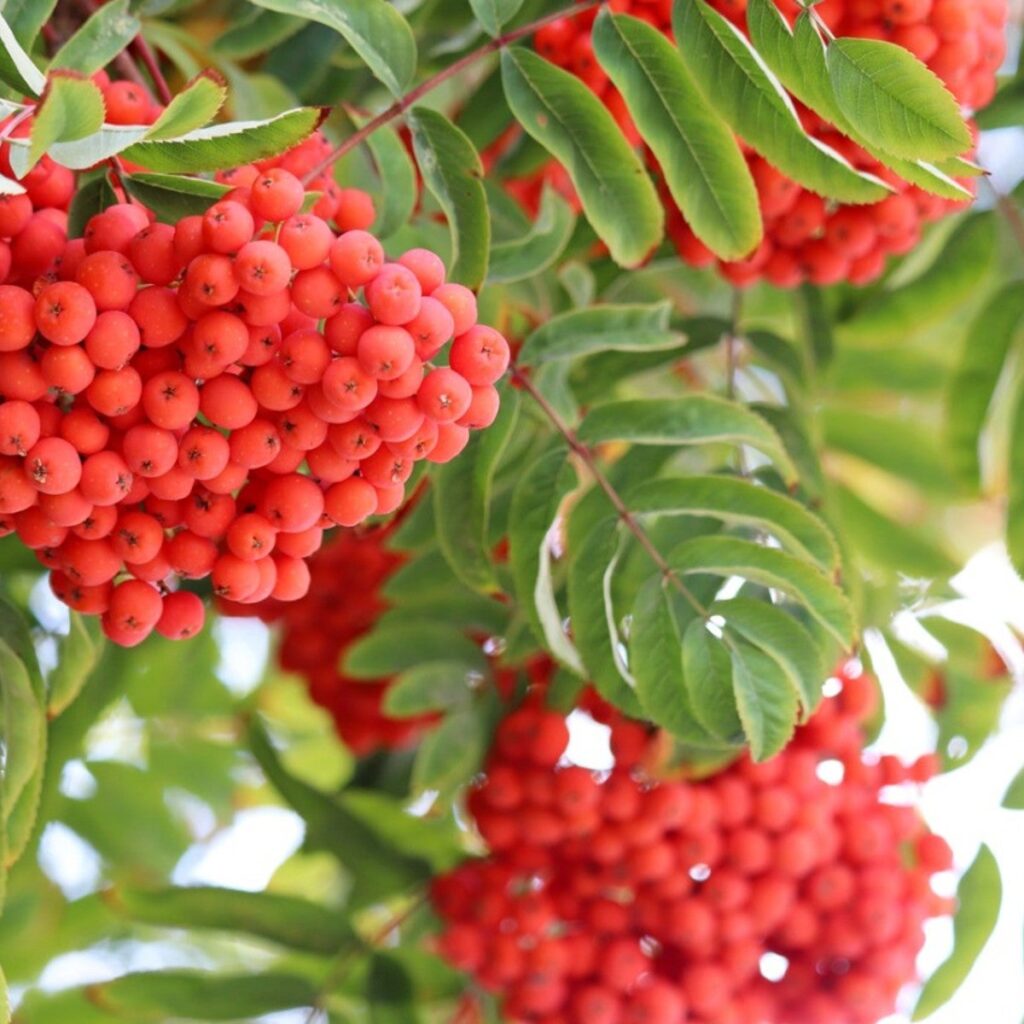
In ancient European cultures, mountain ash trees were considered sacred, believed to ward off evil spirits and bring good luck. The berries were gathered for:
- Winter preserves and jams
- Medicinal teas and tinctures
- Fermented alcoholic drinks like schnapps, liqueurs, and wines
Today, mountain ash berries are still used in many countries for artisanal products, with particular importance in Russia, Poland, Ukraine, Germany, Austria, and Scandinavia.
Where Are Mountain Ash Berries Found and Harvested?
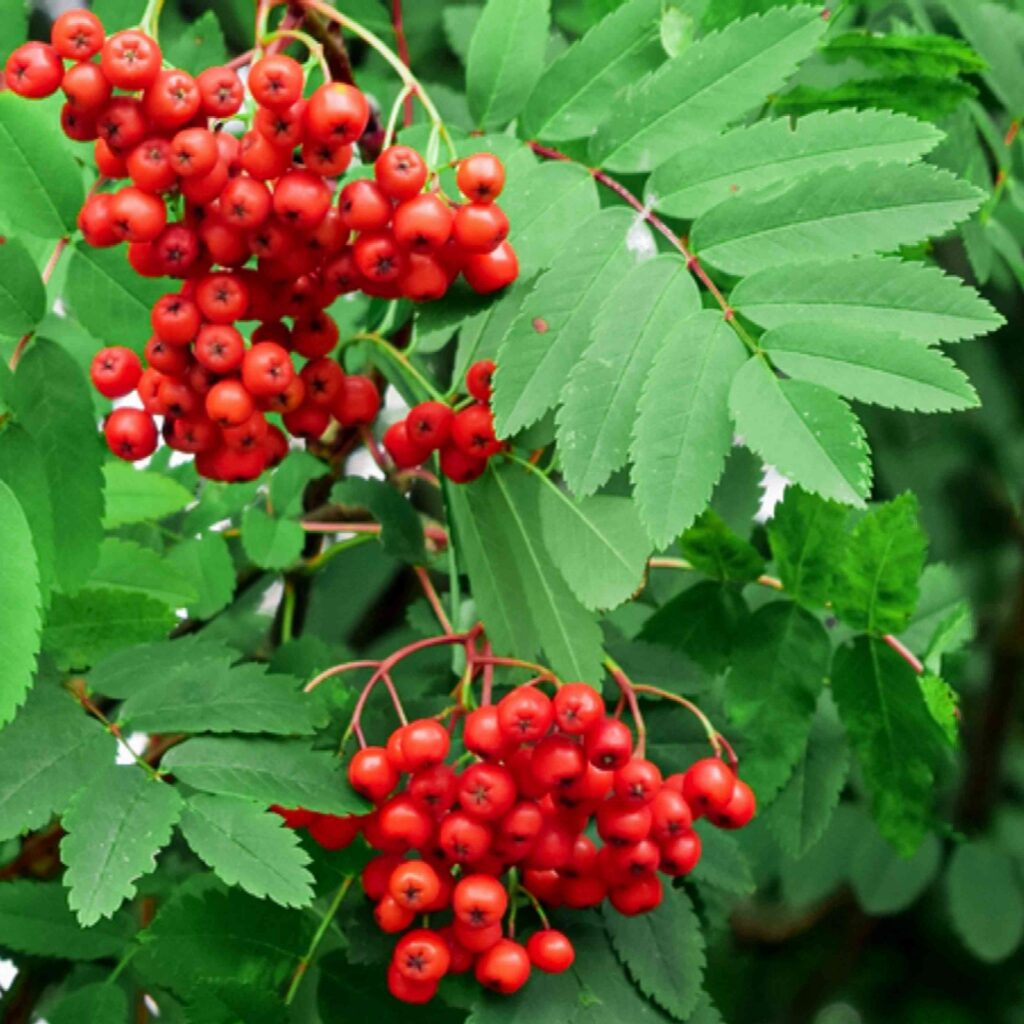
Ideal Growing Conditions:
Mountain ash trees flourish in:
- Cool temperate climates
- Mountain slopes, forest edges, and open countryside
- Well-drained, acidic to neutral soils
They’re highly adaptable and often planted for erosion control, urban landscaping, and wildlife conservation.
Global Distribution:
Native and naturalized populations of Sorbus aucuparia are found in:
- Russia (European Russia, Siberia)
- Eastern Europe (Poland, Ukraine, Czech Republic, Romania)
- Central and Western Europe (Germany, Austria, Scandinavia, UK)
- North America (as an introduced ornamental species)
However, formal cultivation remains minimal. Most berries are foraged from wild or semi-wild areas.
Why Russia is the Largest Producer Globally
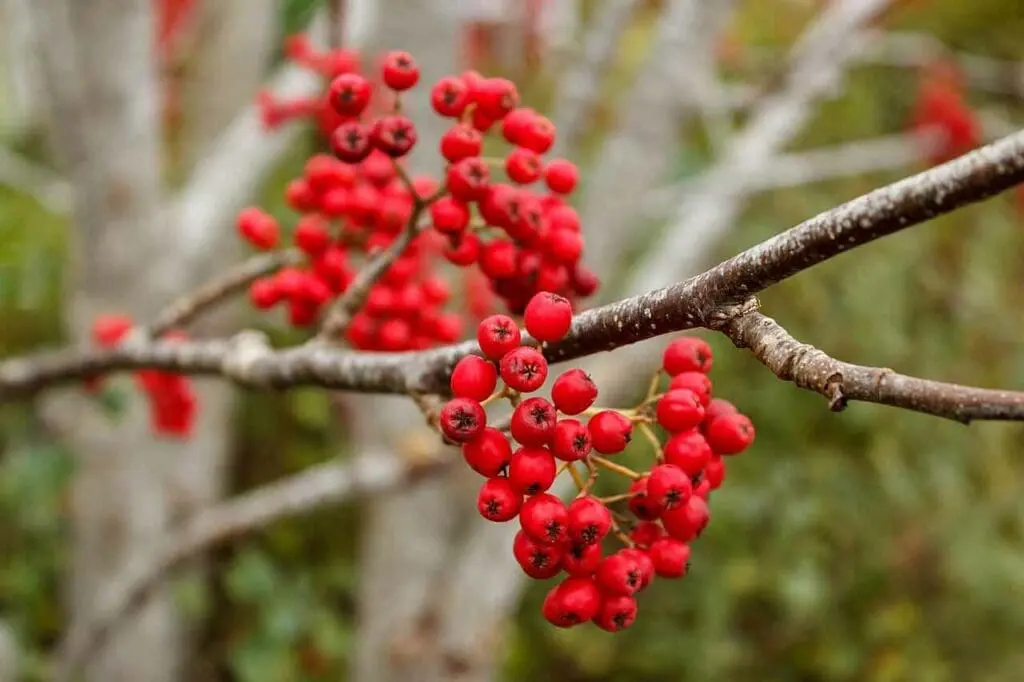
Several reasons place Russia at the forefront of global mountain ash berry production:
Vast Natural Resources:
Russia’s immense landmass includes millions of hectares of temperate and boreal forests where mountain ash trees grow prolifically. Wild harvesting has been a part of Russian forestry and rural culture for generations.
Cultural and Culinary Tradition:
Russians traditionally value mountain ash berries for their:
- Medicinal uses (immune-boosting, anti-inflammatory)
- Preparation into preserves, fruit wines, syrups, and candies
- Use as a winter food supplement rich in vitamin C
Established Wild Berry Industry:
Russia maintains one of the world’s largest wild berry industries. According to recent agricultural reports, Russia produces hundreds of thousands of tonnes of wild berries annually, including bilberries, cranberries, lingonberries, and mountain ash berries.
Though exact numbers for mountain ash alone are difficult to isolate, it’s estimated that Russia harvests tens of thousands of tonnes each year, particularly in Siberia, the Urals, and northern European Russia.
Other Major Producers
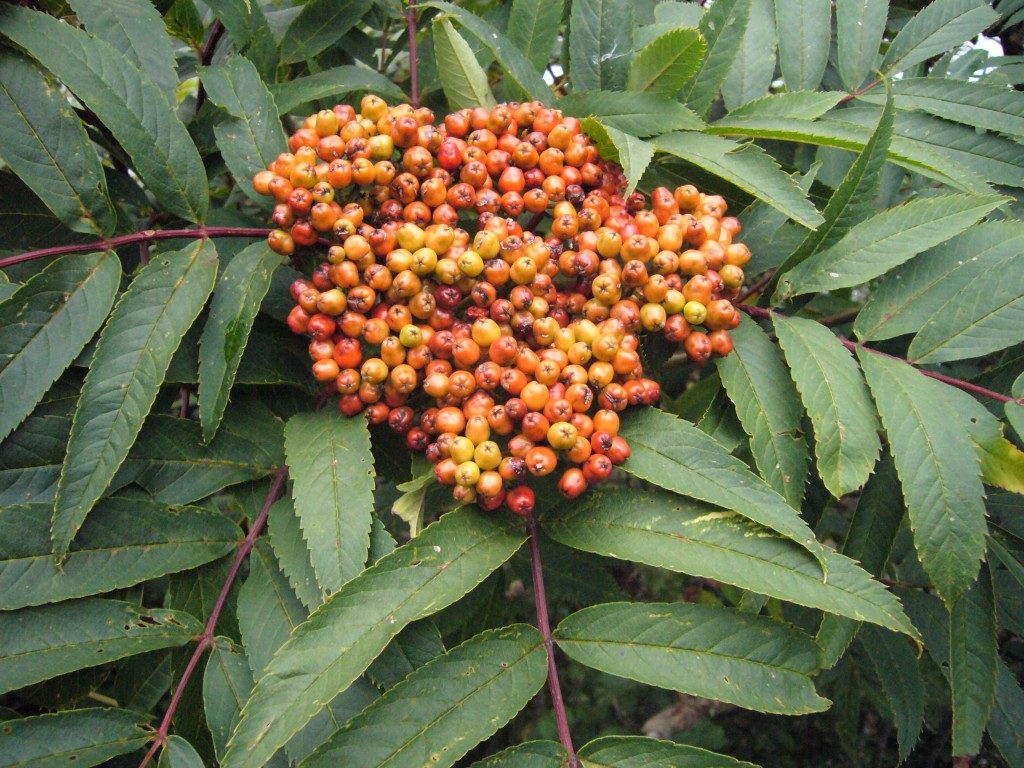
While Russia leads global production, other countries with significant mountain ash berry harvests include:
Poland:
- Among the top berry-producing nations in Europe.
- Wild and semi-cultivated mountain ash berries are harvested for jams, wines, and traditional liquors like Jarzębiak.
- Poland’s rich berry trade infrastructure makes it a reliable secondary producer.
Ukraine:
- Extensive temperate forests and wild collection traditions.
- Mountain ash berries are used in traditional medicine and preserved as dried fruits and jams.
Czech Republic & Germany:
- Both countries harvest mountain ash berries from wild populations for local food and beverage industries.
Scandinavia (Norway, Sweden, Finland):
- The berries are highly valued for jams, schnapps, and traditional health remedies.
Though these nations contribute meaningfully to global supply, their combined harvest is still far less than Russia’s estimated output.
Uses and Nutritional Value
Nutritional Benefits:
Mountain ash berries are packed with:
- Vitamin C (up to 98 mg/100g fresh weight)
- Polyphenols and anthocyanins (antioxidants)
- Dietary fiber
- Potassium, iron, and manganese
Culinary Uses:
Due to their tart, bitter flavor when raw, mountain ash berries are typically:
- Cooked into jellies, chutneys, or preserves
- Fermented into wines and liqueurs
- Processed into syrups and medicinal tonics
In Germany, Austria, and Poland, mountain ash schnapps is a regional specialty, while Scandinavian countries use the berries for jam to accompany game meats.
Ecological and Environmental Importance
Mountain ash trees play a crucial ecological role by:
- Providing winter food for birds like waxwings, thrushes, and blackbirds.
- Supporting biodiversity and acting as early colonizers in reforestation efforts.
- Stabilizing soil on mountain slopes and degraded lands.
They’re widely planted in Europe’s rewilding and ecological restoration projects due to their hardiness and value to local ecosystems.
Global Market Outlook and Challenges
Though interest in wild superfruits is rising globally, commercial mountain ash berry production remains limited due to:
- Astringent taste requiring processing
- Labor-intensive wild collection
- Short harvesting season (August–October)
However, niche markets for organic preserves, natural wines, and health supplements featuring mountain ash berries are expanding in Europe and North America.
Conclusion
To directly answer the thesis question:
Russia is the largest mountain ash berry producer globally.
Its dominance stems from:
- Extensive wild rowan tree populations
- Rich cultural harvesting traditions
- A well-established wild berry industry
Poland, Ukraine, and parts of Scandinavia follow as significant regional producers, but no country currently matches Russia’s overall volume.
As global interest in antioxidant-rich, wild-harvested fruits continues to grow, mountain ash berries are poised to gain prominence in specialty food, beverage, and nutraceutical markets — with Russia remaining at the heart of their global production.
